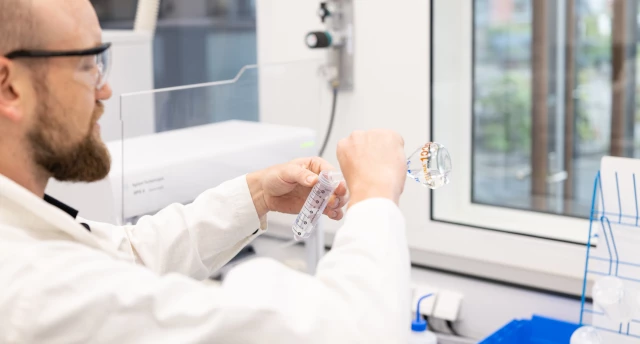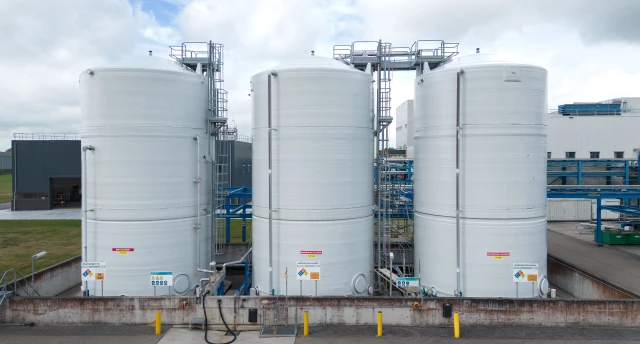The highest purity of carbon capture
If the world’s heavy industries are to meet their net zero goals and help the world to align with the Paris climate accord, carbon capture and storage capabilities will have a key role to play.
We see a bright future in developing solutions that enable sustainable outcomes and help to solve global challenges. That’s why, in 2010, Kisuma partnered the TNO-owned technology platform focused on the steel industry, refineries and power industry to develop Sorption Enhanced Water Gas Shift (SEWGS) technology – a solution which can be used for reactive separation of H2 and CO2 from waste gases with a composition similar to synthesis gas, also known as syngas.
Kisuma is playing an essential role in the technology’s development. Backed by the European Union, STEPWISE is the pilot project executed to lower the CO2 footprint across major industrial markets with advanced pre-combustion CO2 removal SEWGS technology. We are responsible for developing and producing the sorbent used in SEWGS, named HiMago.
SEWGS will allow industries to eliminate hard-to-abate CO2 emissions and produce blue hydrogen at lower costs than previously possible. So far, we have demonstrated a 30% cost saving versus the next best carbon capture alternative, the highest purity of carbon capture (97.5%) and production of blue hydrogen at 400°C.
Applying SEWGS in the real world
SEWGS is already being successfully demonstrated on an industrial scale - technology readiness level (TRL) 6 - at Swedish Steel company SSAB. The pilot project consists of a 10-meter tall, 40-centimeter diameter SEWGS installation containing 3,000 kilos of Kisuma’s sorbent material.
The cyclic capacity of this installation is 14 tonnes of CO2 per day. In 2024, the installation will have expanded to multiple columns that will capture 5x more CO2 than that of the initial STEPWISE pilot project, combining the continuous production of N2+H2 and CO2 streams, with integrated ammonia production. This development is a major milestone in the securing the technology needed to bring SEWGS to TRL 7 level.
We see SEWGS as applicable to any industry producing syngas – such industries including steel, power, refining, petrochemicals and waste gasification, among others.
Looking further ahead
With a successful pilot well underway, we are excited to drive further progress. For instance, we are planning to demonstrate SEWGS in the steel industry at TRL 8 (technology readiness level) by 2026-2027. After this, we anticipate that the technology will be ready for scaling up to full commercialisation during 2028.
To help us get there, and to explore more avenues for SEWGS adoption, Kisuma remains open to connecting with new partners.
If the industrial world is to meet its decarbonisation goals, we need to continue accelerating the development of capacity and infrastructure for carbon capture and storage – SEWGS, we believe, could be pivotal.



